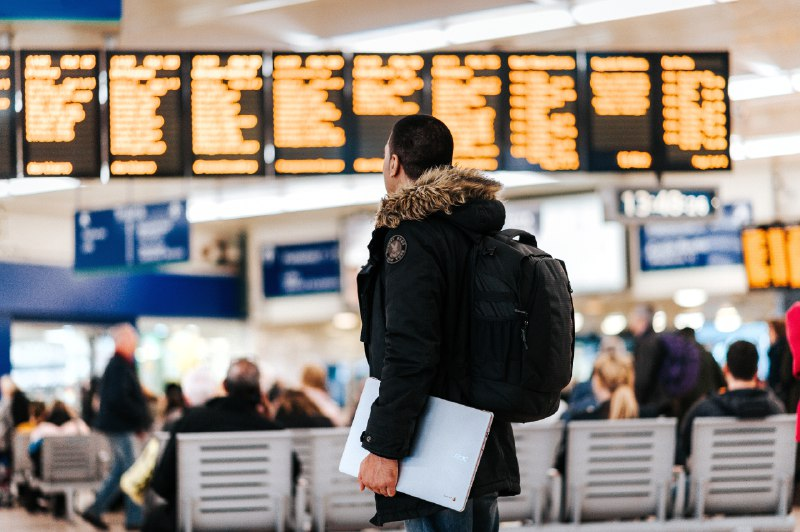
Prior to the Covid-19 outbreak, the global medical tourism market was one of the biggest industries anywhere in the world. To this end, it was expected to achieve a total market size of $207.9 billion by the year 2027, with an estimated CAGR of 21% forecast for this period.
However, we've now seen more than 5.7 million coronavirus cases reported across the globe, and it would be naive to believe that this won't impact on both the short and near-term portents for this highly lucrative and quick-growing market.
Of course, Asia was one of the regions hardest hit by coronavirus, while the continent also provides a huge number of medical tourists each and every year. But what will be the legacy for the medical tourism sector, and how will it look to recover over time?
What is Medical Tourism - The Facts and Figures
In simple terms, medical tourism involves travelling to different countries to secure various health services and treatments more affordably.
This industry has thrived in the age of globalisation, while the variable nature of health systems across the globe creates significant competition in the minds of patients.
At the most recent count, China has an estimated one million outbound medical tourists each year (although roughly the same amount flows into China as medical tourists during the same period).
Overall, the three top destinations for medical tourists are South Korea, Japan and North America, with the former receiving approximately 350,000 medical tourists each year on average. Interestingly, one-in-three of South Korea's medical tourists come from China, with this betraying the former's mixed economy and advanced healthcare system.
As we can see, southeast Asia contributes heavily to both the supply and demand of medical tourists, but the market is also flourishing elsewhere.
Aside from the states (where medical tourism generates $3.5 billion for the national economy), Iran also receives an estimated 350,000 medical tourists each year, with 90% of these being derived from neighbouring Gulf countries.
This reflects the relative superiority of the healthcare system in Iran, particularly in terms of pricing and accessibility.
What Should we Expect in the Future?
Of course, the coronavirus pandemic has devastated air travel across the globe, and this has put a total curb on medical tourism throughout 2020 so far. While most Asian nations have since reopened their borders as the outbreak has begun to subside, the market is likely to remain relatively stagnant for the remainder of the year.
Another key consideration is the state of each individual nation's healthcare provision, with frontline workers having been put under significant strain over the course of the last six months. Similarly, the cost of treatments and increased PPE consumption will linger well beyond 2020, forcing some nations to restrict aspects of their healthcare service and non-essential treatments.
This means that the medical tourism sector may not return to full health until 2021, with the most economically stable players in this space the most likely to lead this drive.
Nations with strong currencies and increased purchasing power will also fare particularly well in the near-term, creating a significant opportunity for Asian players such as Hong Kong and Singapore.
Emerging players in the medical tourism space may also make up ground in the next 18 months, with Turkey offering a relevant case in point. After all, Turkey's advanced and well-structured healthcare system underpinned a 62% increase in medical tourism in 2018, and the recent investment that the government has made in this space will serve them well as international borders continue to reopen.
© 2025 NatureWorldNews.com All rights reserved. Do not reproduce without permission.





